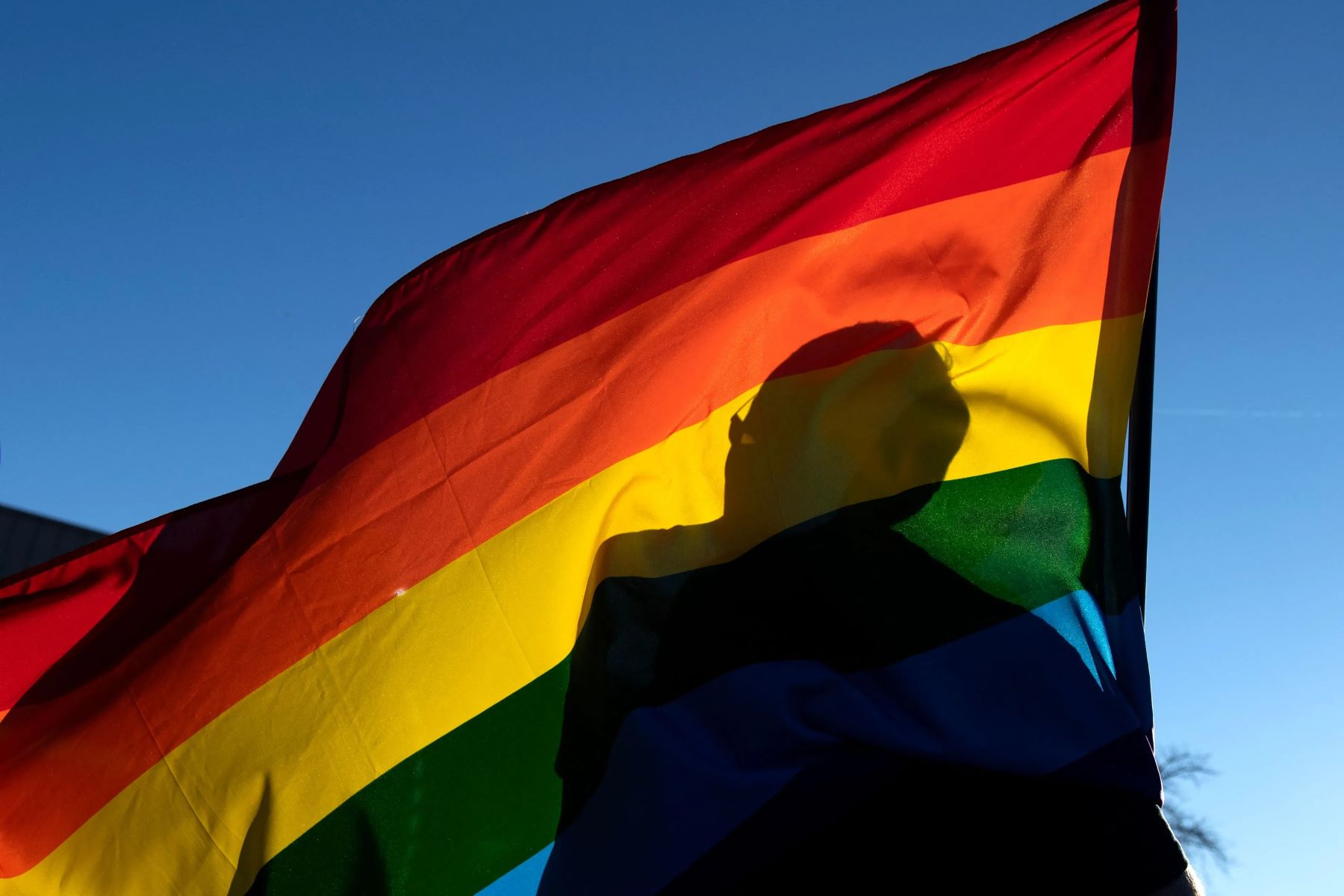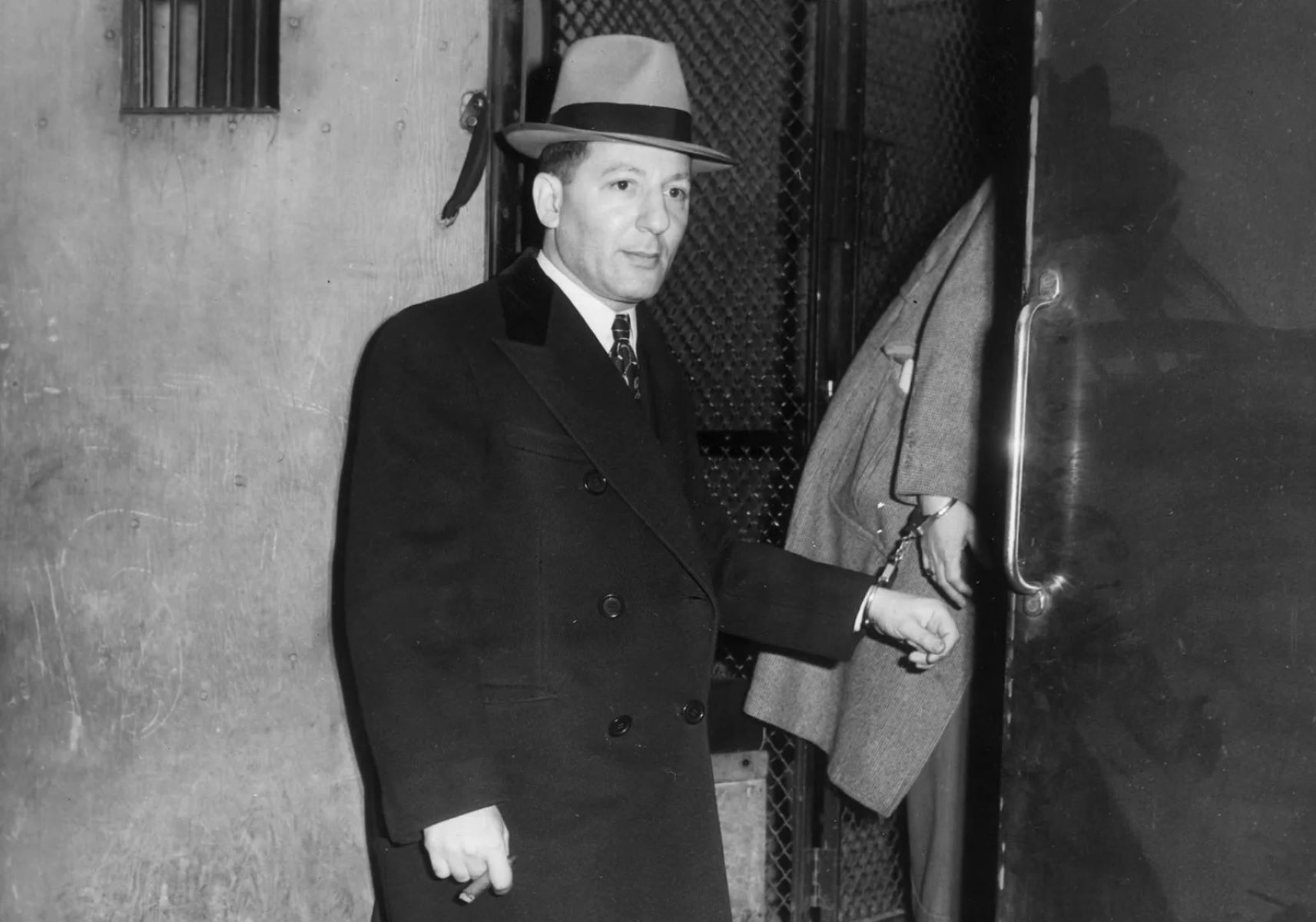
Homosexuality has been a part of human history for centuries, yet many myths and misconceptions still surround it. Understanding the reality of homosexuality can help foster acceptance and equality. Did you know that same-sex relationships have been documented in over 450 species? This fact alone challenges the notion that homosexuality is unnatural. From ancient civilizations to modern times, people have expressed love and attraction in diverse ways. Learning about these facts can broaden your perspective and deepen your empathy. Whether you're curious about historical figures, scientific studies, or cultural attitudes, this list of 38 facts will enlighten and inform.
Key Takeaways:
- Homosexuality has a rich history and is observed in over 1,500 animal species. Legal and social milestones, like the legalization of same-sex marriage, have advanced LGBTQ+ rights globally.
- LGBTQ+ representation in media and culture, along with health and well-being, are crucial. Supportive environments, HIV prevention, and inclusive education are essential for the LGBTQ+ community's well-being.
Understanding Homosexuality
Homosexuality has been a part of human history for centuries. It refers to romantic or sexual attraction between people of the same gender. Here are some intriguing facts about homosexuality that might surprise you.
-
Homosexuality is not a modern phenomenon. Historical records show that same-sex relationships existed in ancient civilizations like Greece, Rome, and Egypt.
-
The term "homosexuality" was first used in the late 19th century. It was coined by Hungarian journalist Karl-Maria Kertbeny in 1869.
-
Homosexuality is observed in over 1,500 animal species. This includes penguins, dolphins, and even lions.
-
In 1973, the American Psychiatric Association removed homosexuality from its list of mental disorders. This was a significant step towards acceptance and equality.
-
The rainbow flag, a symbol of LGBTQ+ pride, was created by artist Gilbert Baker in 1978. Each color represents a different aspect of the community.
-
Some cultures have specific terms for non-binary or third-gender individuals. For example, the Hijra community in South Asia has been recognized for centuries.
-
In 2001, the Netherlands became the first country to legalize same-sex marriage. This landmark decision paved the way for other nations to follow suit.
-
The Stonewall Riots of 1969 were a turning point for LGBTQ+ rights in the United States. These protests led to the formation of many advocacy groups.
-
Harvey Milk was the first openly gay elected official in California. His work in the 1970s helped advance LGBTQ+ rights significantly.
-
"Don't Ask, Don't Tell" was a policy in the U.S. military that barred openly gay individuals from serving. It was repealed in 2011.
Legal and Social Milestones
Legal recognition and social acceptance of homosexuality have evolved over time. Here are some key milestones that highlight this journey.
-
In 2015, the U.S. Supreme Court ruled in favor of same-sex marriage nationwide. This decision was a monumental victory for LGBTQ+ rights.
-
Many countries still criminalize homosexuality. As of 2021, over 70 nations have laws against same-sex relationships.
-
The first Pride parade took place in New York City in 1970. It commemorated the one-year anniversary of the Stonewall Riots.
-
Ellen DeGeneres came out as gay on her TV show in 1997. This was a groundbreaking moment for LGBTQ+ representation in media.
-
The United Nations has called for the decriminalization of homosexuality worldwide. This effort aims to protect the rights and dignity of LGBTQ+ individuals.
-
In 2018, India decriminalized homosexuality by overturning Section 377. This was a historic ruling for LGBTQ+ rights in the country.
-
Conversion therapy, aimed at changing an individual's sexual orientation, is banned in several countries. These include Germany, Brazil, and Canada.
-
The first openly gay person to win an Olympic gold medal was Australian diver Matthew Mitcham in 2008.
-
In 2019, Taiwan became the first Asian country to legalize same-sex marriage. This was a significant step for LGBTQ+ rights in the region.
-
The Trevor Project, founded in 1998, provides crisis intervention and suicide prevention services to LGBTQ+ youth.
Cultural and Media Representation
Representation in media and culture plays a crucial role in shaping public perception. Here are some facts about how homosexuality is portrayed and celebrated.
-
"Will & Grace," a popular TV show, is credited with helping to change American attitudes towards homosexuality. It aired from 1998 to 2006.
-
The film "Brokeback Mountain" (2005) received critical acclaim for its portrayal of a same-sex relationship. It won three Academy Awards.
-
In 2016, the film "Moonlight" became the first LGBTQ+ film to win the Oscar for Best Picture. It tells the story of a young black man grappling with his sexuality.
-
The term "coming out" refers to the process of revealing one's sexual orientation. It is derived from the phrase "coming out of the closet."
-
Drag culture, popularized by shows like "RuPaul's Drag Race," celebrates gender expression and performance art. It has become a mainstream phenomenon.
-
The song "Born This Way" by Lady Gaga is considered an anthem for the LGBTQ+ community. It promotes self-acceptance and love.
-
"Pose," a TV series that premiered in 2018, features the largest cast of transgender actors in regular roles. It explores the ballroom culture of the 1980s and 1990s.
-
The comic book character Northstar, from Marvel's "Alpha Flight," was the first openly gay superhero. He came out in 1992.
-
In 2019, Disney introduced its first openly gay character in the film "Onward." This marked a significant moment for LGBTQ+ representation in family entertainment.
-
The term "queer" has been reclaimed by many in the LGBTQ+ community. It is used as an umbrella term for various sexual orientations and gender identities.
Health and Well-being
The health and well-being of LGBTQ+ individuals are important aspects to consider. Here are some facts related to this topic.
-
LGBTQ+ individuals are at a higher risk for mental health issues due to societal stigma and discrimination. Supportive environments can significantly improve their well-being.
-
The HIV/AIDS epidemic disproportionately affected the gay community in the 1980s and 1990s. Activism and awareness campaigns have since made significant strides in combating the disease.
-
PrEP (pre-exposure prophylaxis) is a medication that can prevent HIV infection. It has been a game-changer for HIV prevention in the LGBTQ+ community.
-
Many LGBTQ+ youth face homelessness due to family rejection. Organizations like The Ali Forney Center provide support and shelter.
-
The concept of "chosen family" is significant in the LGBTQ+ community. It refers to close-knit groups of friends who provide support and love.
-
Transgender individuals often face unique health challenges. Access to gender-affirming care is crucial for their well-being.
-
The It Gets Better Project, launched in 2010, aims to uplift and empower LGBTQ+ youth. It features videos of people sharing their stories of overcoming adversity.
-
LGBTQ+ inclusive sex education is essential for the health and safety of young people. It provides accurate information and fosters acceptance.
Final Thoughts on Homosexuality Facts
Understanding homosexuality requires looking at a wide range of facts. From historical acceptance in ancient cultures to modern legal battles for LGBTQ+ rights, the journey has been long and complex. Homosexuality isn't a modern phenomenon; it's been part of human history for centuries. Scientific research shows that sexual orientation is not a choice but a natural variation in human sexuality. Acceptance and legal protections vary widely across the globe, with some countries embracing LGBTQ+ rights while others still criminalize same-sex relationships. Education and awareness are crucial for fostering acceptance and reducing discrimination. By learning these facts, we can better understand and support the LGBTQ+ community. Knowledge is a powerful tool in the fight for equality and acceptance. Let's continue to educate ourselves and others to create a more inclusive world.
Frequently Asked Questions
Was this page helpful?
Our commitment to delivering trustworthy and engaging content is at the heart of what we do. Each fact on our site is contributed by real users like you, bringing a wealth of diverse insights and information. To ensure the highest standards of accuracy and reliability, our dedicated editors meticulously review each submission. This process guarantees that the facts we share are not only fascinating but also credible. Trust in our commitment to quality and authenticity as you explore and learn with us.


